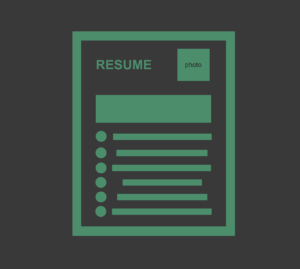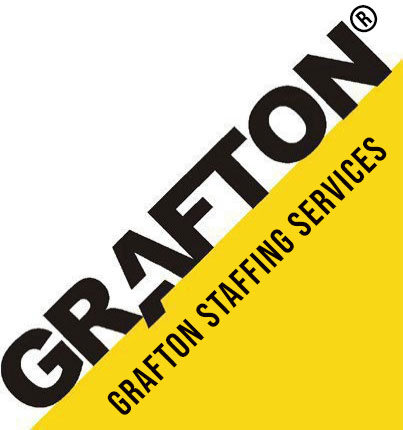How to Write a Strong Resume
 Your resume has only 10 seconds to get noticed or get trashed. These basics will put you on a solid foundation.
Your resume has only 10 seconds to get noticed or get trashed. These basics will put you on a solid foundation.
The Basics
Contact Information
List your contact information at the top. Include your full name, mailing address, phone number and email address. If you have a personal website, include the URL only if the site shows off your skills or applies to your career goals. The same is true for your social media details.
Objective
The objective section gives recruiters an immediate sense of who you are and what you’re looking for. Stress what you’ll add to the company, not what you’re looking to take away.
Experience
List your experience chronologically, with your most recent job first. If your latest experience wasn’t the most impressive, arrange your list by importance instead. Include the company name, location, your title and dates of employment. Include a brief description of your accomplishments.
Skills/Interests
Mention your technical and computer skills. List programming languages, software programs and operating systems you’ve used as well as certifications you have. Don’t forget “soft skills” like foreign languages and public speaking.
Education
List your most recent education first and work backward. State your degree, major, minor, dates of attendance and the school’s name and location. You may also want to add your GPA (if 3.0 or higher).
Additional Tips
Emphasize your most important and applicable responsibilities even if they weren’t your primary duties.
Use active voice. Strong sentences are those in which a subject performs an action (active voice) as opposed to an action being performed on the subject (passive voice). “I planned an event,” creates a stronger impression than “An event was planned by me.”
Impress employers with cause-effect relationships and tangible results. Quantify your achievements with percentages and numbers like “increased enrollment 20 percent” and “supervised three-person staff.”
Use descriptions to highlight your sense of initiative. Show how you got results with strong verbs that convey direct action, teamwork and quantifiable results.
Include memberships in professional organizations to show you’re serious about your career.
Mentioning your interests is optional. Activities and hobbies can portray you as a well-rounded person, but they can raise eyebrows, too. Be careful what you list.
Don’t waste valuable space on references. Employers assume you’ll provide them upon request.
Be concise. Stick to one page. Make sure every word is meaningful.
Choose fonts that are easy-to-read, clean and consistent. Don’t use non-traditional or overly creative fonts.
Read, edit and re-read your resume to make sure it’s well written, clear and typo-free. Do it again. Then, ask your friends and family to do the same.
Finishing Touches
Create several versions of your resume, each tailored to the type of position for which you’re applying. Writing multiple resumes can be time-consuming, but it’s a small price to pay for the job you want.
If you’re applying for a specific job, research the position and company. Pay attention to the job requirements, and highlight your qualifications as they reflect the hiring company’s needs.
If you use an online resume, consider saving a text (“.txt”) version that will look good on any computer. Send your resume as an attached file and also paste the text into the body of the e-mail just to be safe. Online resumes should also include plenty of keywords, since they may be searched.

